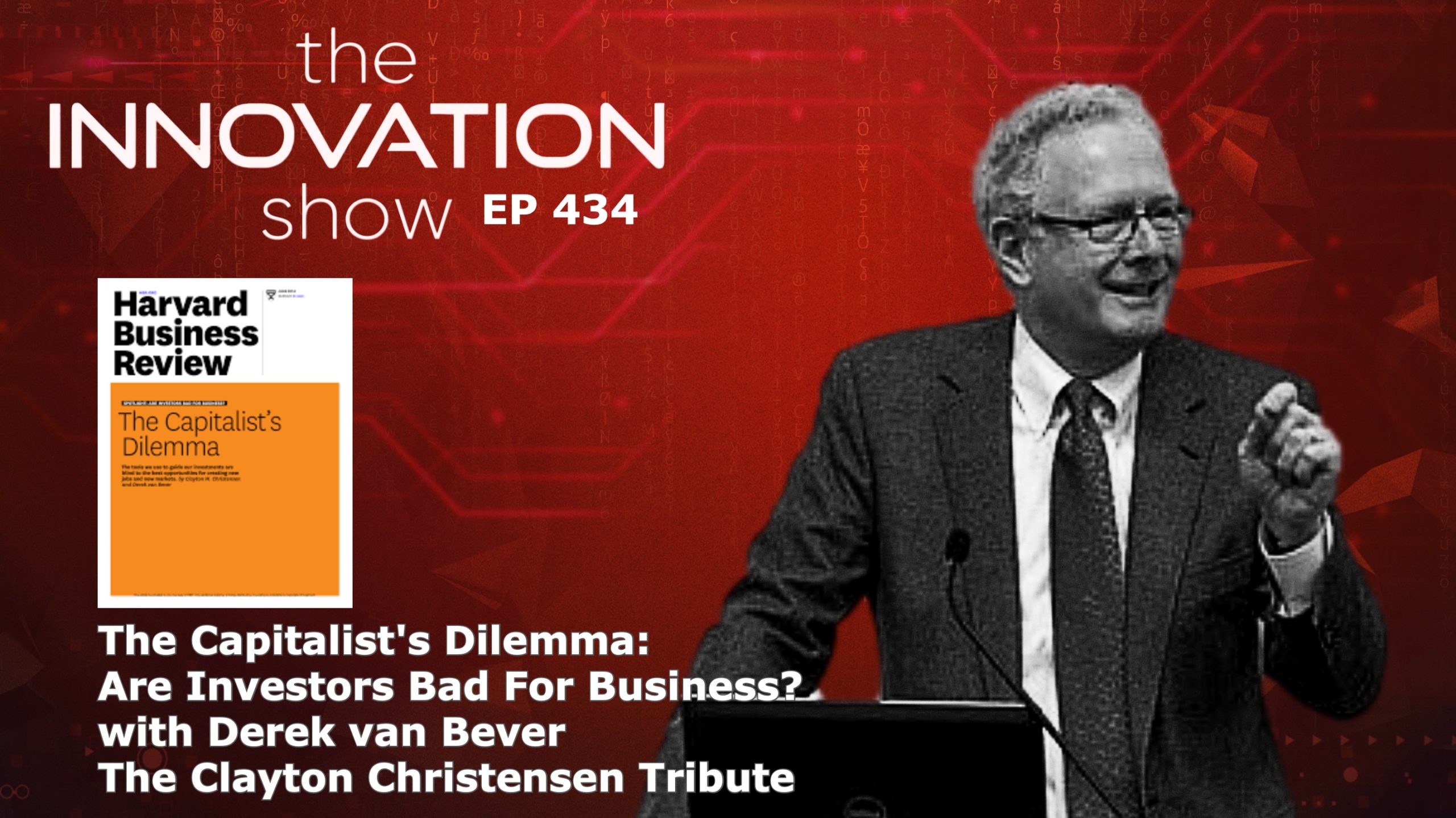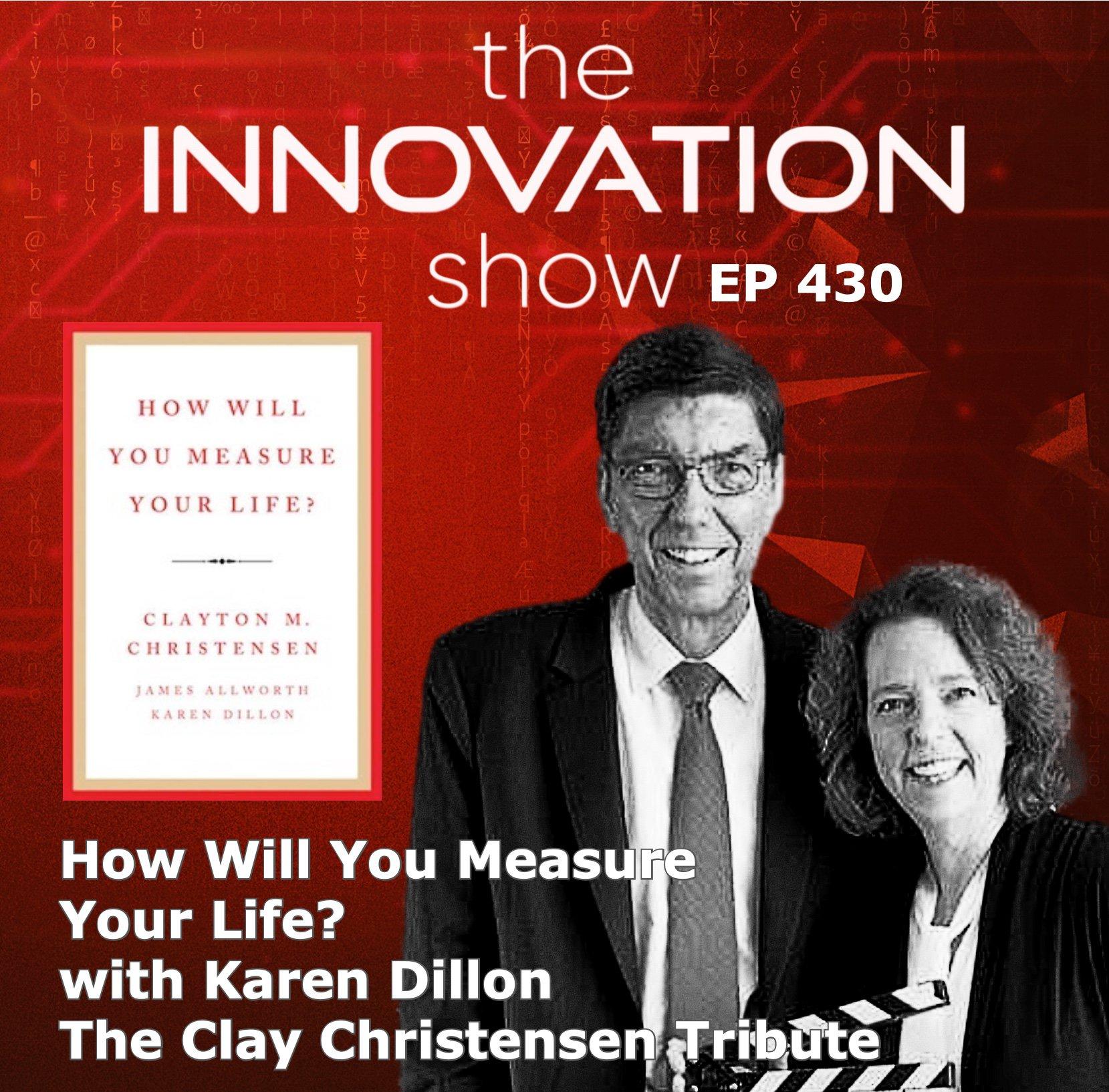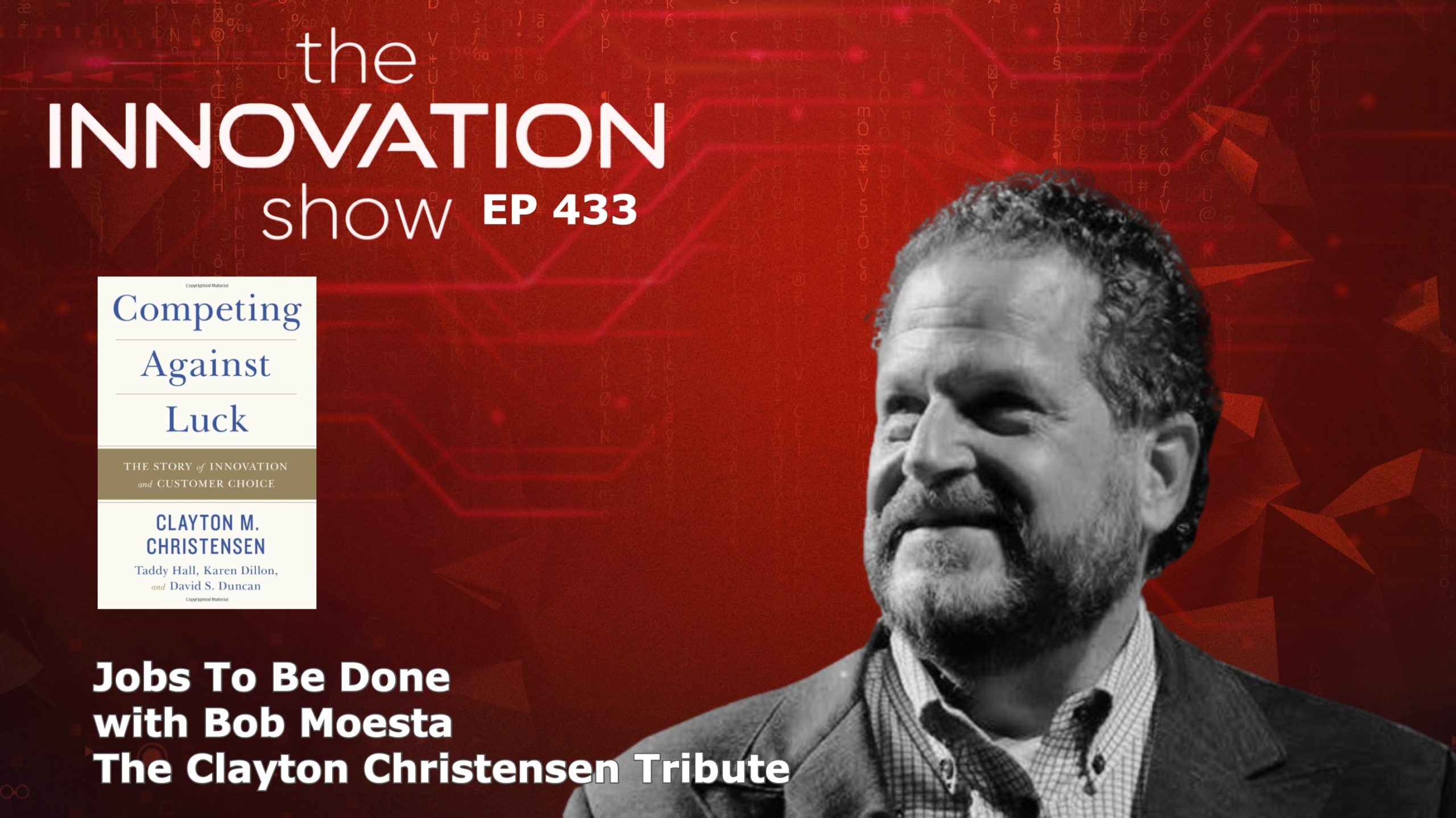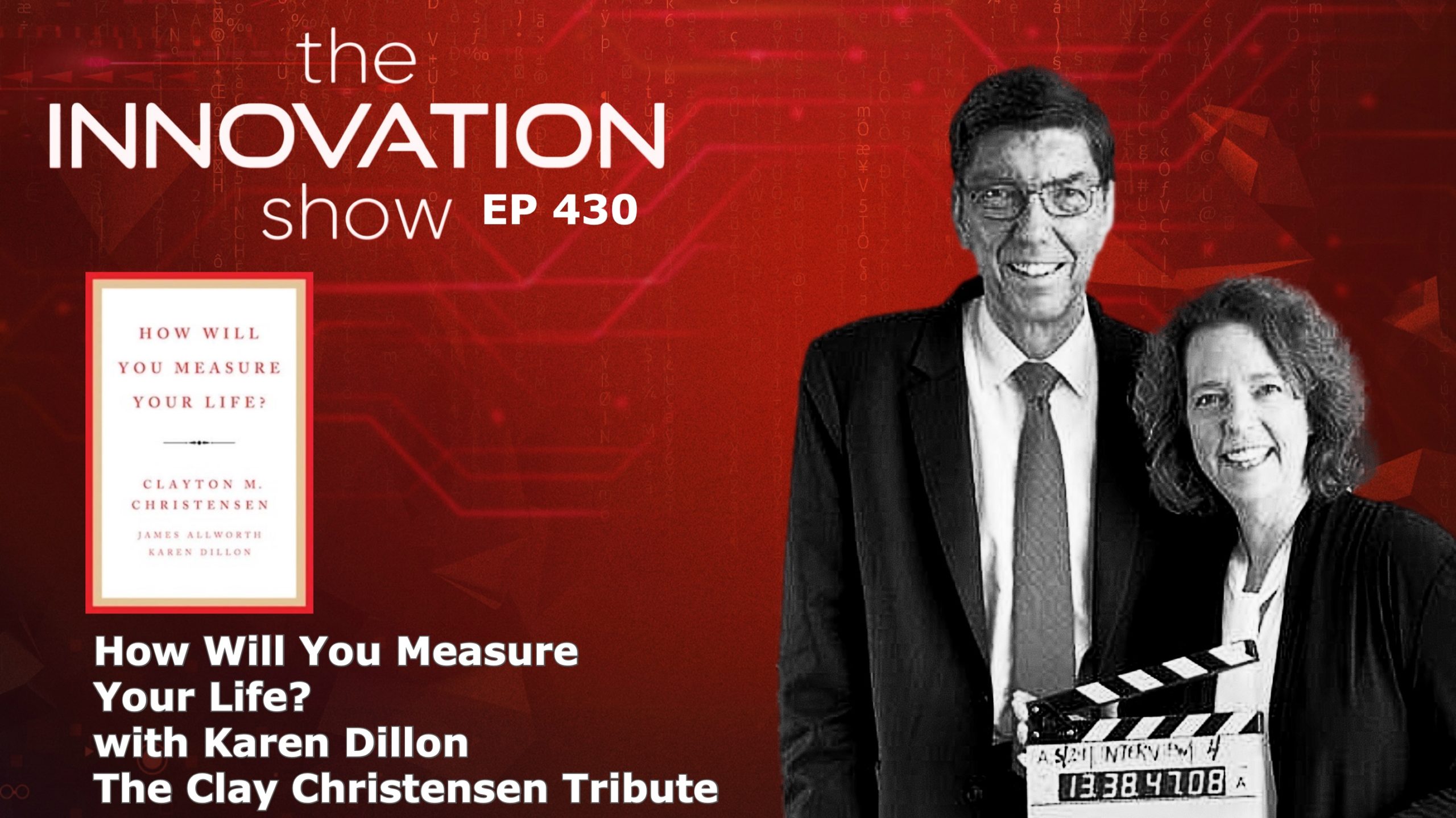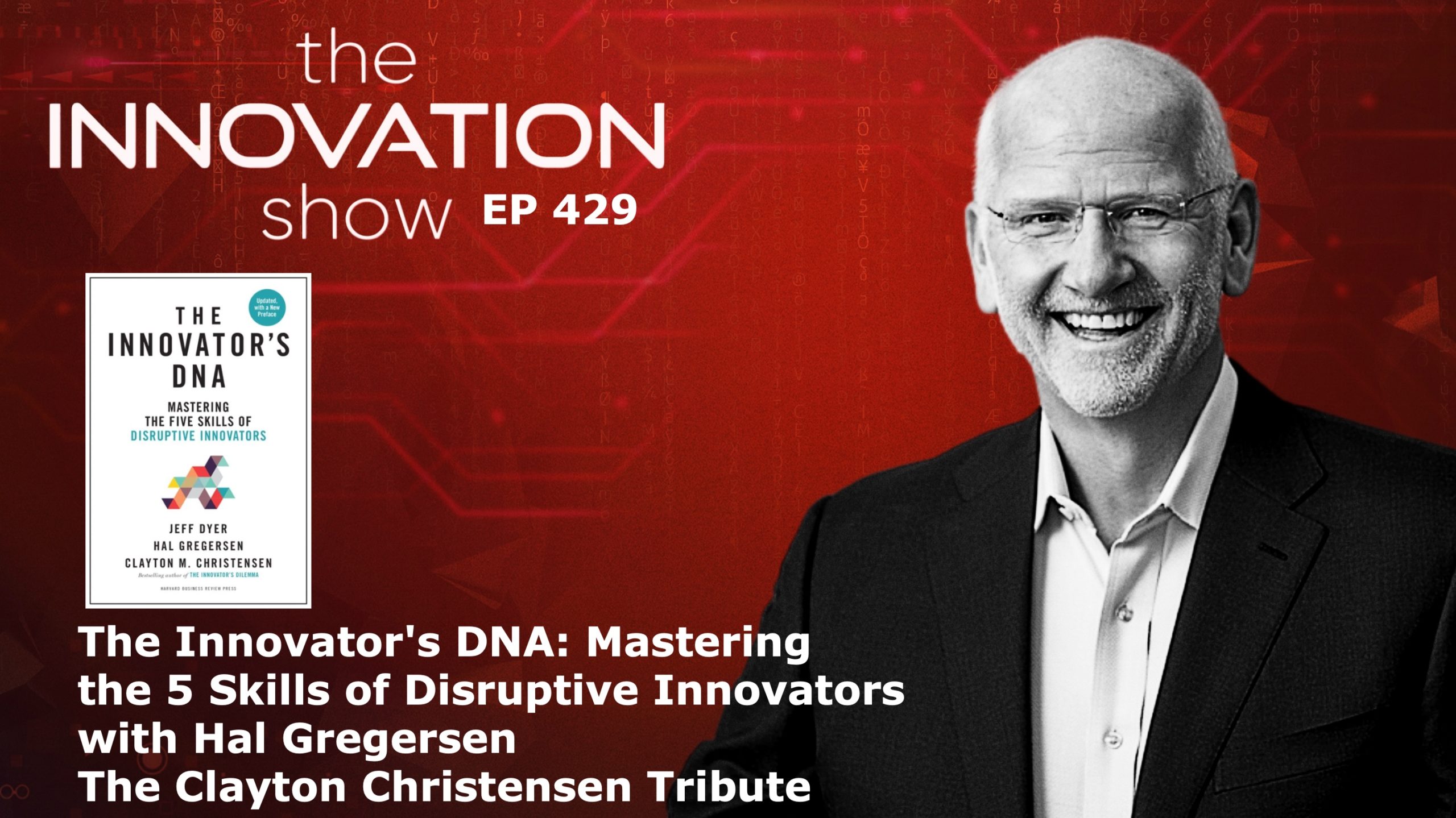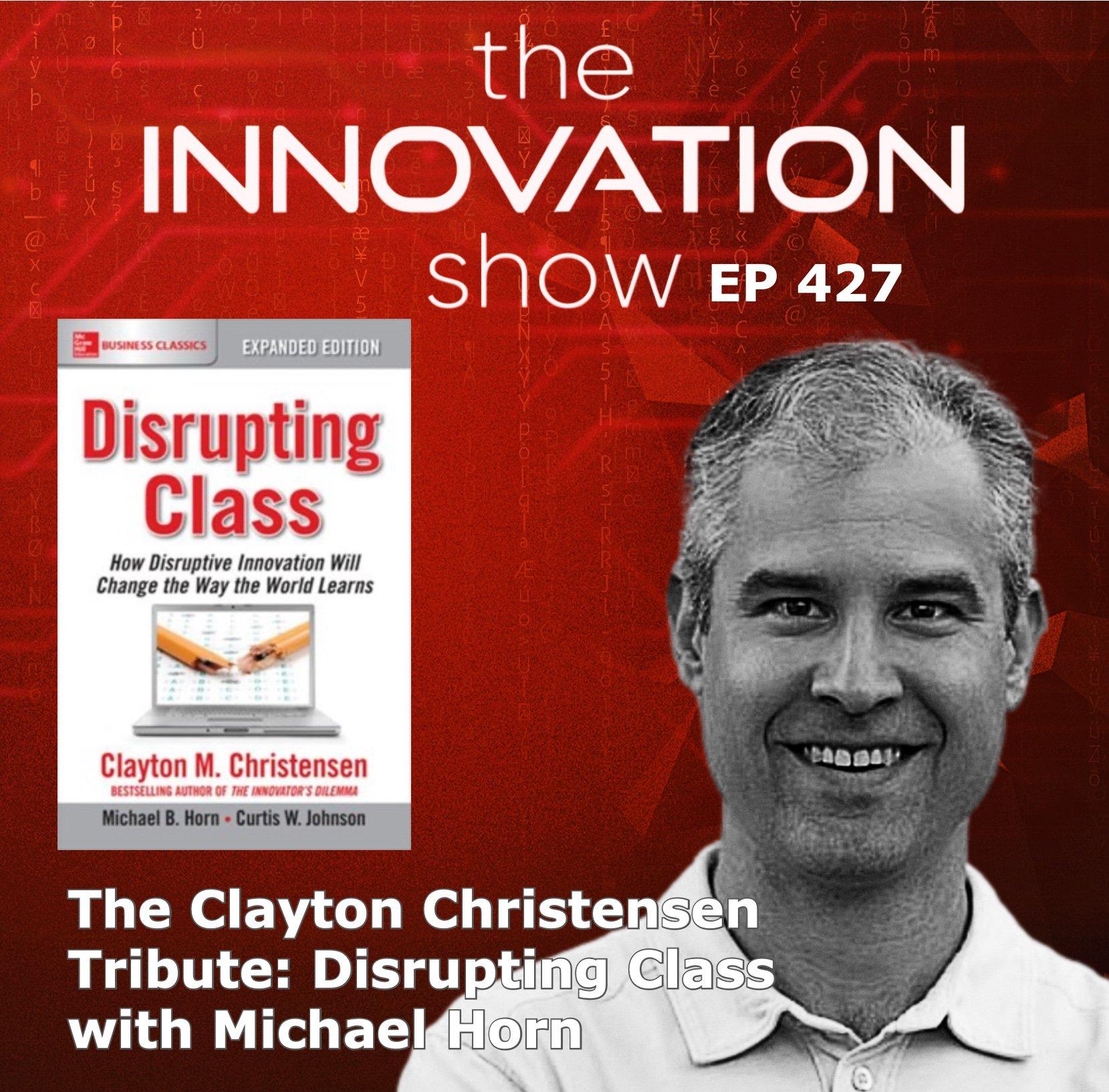It’s a pleasure to welcome the co-author of The Prosperity Paradox: How Innovation Can Lift Nations Out of Poverty, Efosa Ojomo
Posted 3 years ago Tagged Aidan McCullen Business Capitalists Dilemma Clayton Christensen Corporate Culture Derek Van Bever Disruption Entrepreneurship Human Potential Innovation Leadership Stall Points Technology Transformation Undisruptable
It is a pleasure to welcome a great friend of Clay Christensen, yet another soul deeply touched by the man, the author of “Stall points” and author of the 2014 paper, The Capitalist’s Dilemma, Derek van Bever.
Posted 3 years ago Tagged
Like an old machine emitting a new and troubling sound that even the best mechanics can’t diagnose, the world economy continues its halting recovery from the 2008 recession. Look at what’s happening in the United States: Even today, 60 months after the scorekeepers declared the recession over, its economy is still grinding along, producing low growth and disappointing job numbers.
One phenomenon we’ve observed is that, despite historically low-interest rates, corporations are sitting on massive amounts of cash and failing to invest in innovations that might foster growth. That got us thinking: What is causing that behaviour? Are great opportunities in short supply, or are executives failing to recognise them? And how is this behaviour pattern linked to overall economic sluggishness? What is holding growth back?
Most growth theories are developed at the macroeconomic level—at 30,000 feet. That perspective is good for spotting correlations between innovation and growth. To understand what causes growth, however, you have to crawl inside companies and the minds of the people who invest in and manage them. This article (which builds on a New York Times piece Clay wrote in late 2012) attempts to form a theory from the ground up by looking at company experience.
They are the words of the authors of a beautiful paper; one is Clay Christensen and the other is his collaborator, and someone you know would have co-authored at least one book with Clay. Indeed, I feel this article was headed towards becoming a book.
It is a pleasure to welcome a great friend of Clay Christensen, yet another soul deeply touched by the man, the author of “Stall points” behind me on the shelf and author of the 2014 paper, The Capitalist’s Dilemma, Derek van Bever.
Posted 3 years ago Tagged
Like an old machine emitting a new and troubling sound that even the best mechanics can’t diagnose, the world economy continues its halting recovery from the 2008 recession. Look at what’s happening in the United States: Even today, 60 months after the scorekeepers declared the recession over, its economy is still grinding along, producing low growth and disappointing job numbers.
One phenomenon we’ve observed is that, despite historically low-interest rates, corporations are sitting on massive amounts of cash and failing to invest in innovations that might foster growth. That got us thinking: What is causing that behaviour? Are great opportunities in short supply, or are executives failing to recognise them? And how is this behaviour pattern linked to overall economic sluggishness? What is holding growth back?
Most growth theories are developed at the macroeconomic level—at 30,000 feet. That perspective is good for spotting correlations between innovation and growth. To understand what causes growth, however, you have to crawl inside companies and the minds of the people who invest in and manage them. This article (which builds on a New York Times piece Clay wrote in late 2012) attempts to form a theory from the ground up by looking at company experience.
They are the words of the authors of a beautiful paper; one is Clay Christensen and the other is his collaborator, and someone you know would have co-authored at least one book with Clay. Indeed, I feel this article was headed towards becoming a book.
It is a pleasure to welcome a great friend of Clay Christensen, yet another soul deeply touched by the man, the author of “Stall points” behind me on the shelf and author of the 2014 paper, The Capitalist’s Dilemma, Derek van Bever.
Posted 3 years ago Tagged Aidan McCullen Corporate Culture Disruption Entrepreneurship Innovation Leadership Strategy Technology Transformation
Clayton Christensen mentored Bob Moesta, and they became fast friends. Bob was one of the principal architects of the Jobs To Be Done theory. He expands on the theory and shares his respect for his friend Clay.
Posted 3 years ago Tagged Aidan McCullen Business Clayton Christensen Competing Against Luck Entrepreneurship Human Potential Innovation Jobs To be Done Leadership Taddy Hall Technology Undisruptable
Today’s book is a book about progress.
Yes, it’s a book about innovation—and how to get better at it.
But at its core, this book is about the struggles we all face to make progress in our lives.
If you’re like many entrepreneurs and managers, the word “progress” might not spring to mind when you’re trying to innovate.
Posted 3 years ago Tagged Clayton Christensen Clayton M. Christensen HBR How Will You Measure Your Life How Will You Measure Your Life Karen Dillon Karen Dillon Sonosite Clayton Christensen Transformation
In, “How Will You Measure Your Life?”, Clay Christensen and Karen Dillon apply the theories developed by Clayton Christensen to our lives.
Posted 3 years ago Tagged Aidan McCullen Business Clayton Christensen Corporate Culture Disruption Entrepreneurship HBR How Will You Measure Your Life Innovation Karen Dillon Leadership Strategy Technology Transformation
Karen Dillon joins us to share concepts from her book How Will You Measure you Life co-authored with her friend, Clay Christensen
Posted 3 years ago Tagged Clayton Christensen
The genesis of today’s book centred on a question posed years ago to “disruptive technologies” coauthor Clayton Christensen: where do disruptive business models come from? Christensen’s best-selling books, The Innovator’s Dilemma and The Innovator’s Solution, conveyed important insight into the characteristics of disruptive technologies, business models, and companies.
Posted 3 years ago Tagged
The genesis of today’s book centred on a question posed years ago to “disruptive technologies” coauthor Clayton Christensen: where do disruptive business models come from? Christensen’s best-selling books, The Innovator’s Dilemma and The Innovator’s Solution, conveyed important insight into the characteristics of disruptive technologies, business models, and companies. Today’s book emerged from an eight-year collaborative study in which our guest sought a richer understanding of disruptive innovators —who they are and the innovative companies they create.
The project’s primary purpose was to uncover the origins of innovative—and often disruptive— business ideas. Most of us think creativity is an entirely cognitive skill; it all happens in the brain. A critical insight from our research is that one’s ability to generate innovative ideas is not merely a function of the mind but also a function of behaviours. This is good news for us all because it means we can improve our creative impact if we change our behaviours We welcome Hal Gregersen, co-author of The Innovator’s DNA
Find Hal here: https://halgregersen.com

